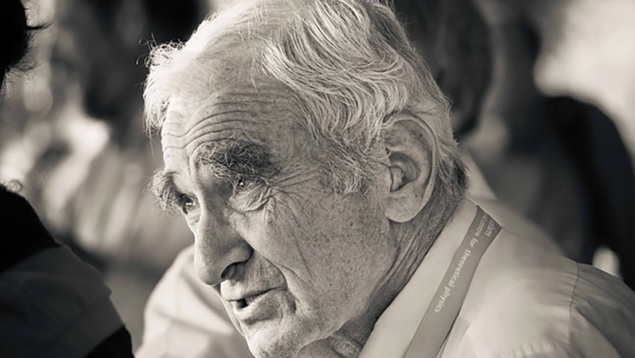
Leading Soviet particle physicist Boris Ioffe passed away in Moscow on 18 July at the age of 96.
Boris Ioffe was born in Moscow in 1926 into a Jewish family. In the late 1940s he passed Landau’s famous “theoretical minimum” entry exam and in 1949 he graduated frоm Moscow State University with a diploma in theoretical physics. He started his research work under the supervision of Isaak Pomeranchuk. Between 1950 and 1955 Ioffe participated in the original Soviet nuclear-bomb project, at its later stage devoted to the hydrogen bomb. Until 18 July he was the only participant of this project still alive.
In 1960–1980 Ioffe was one of the leading Soviet particle physicists. He was a pioneer of parity (non-)conservation (with Okun and Rudik, 1957). His work with E Shabalin (1967) provided an impetus for the creation of the Glashow–Iliopoulos–Maiani mechanism. Ioffe’s work on deep inelastic scattering (1969) helped establish the Bjorken scaling and the parton model of Feynman–Bjorken.
During the later stages of his career, Ioffe focused on quantum chromodynamics and its consequences for the theory of hadrons. His contributions to the theory of baryons are well-known and appreciated worldwide.
Ioffe never abandoned his early research in nuclear physics. In fact, he was an expert nuclear physicist and in the early 1970s was in charge of the physics design of the first commercial nuclear power plant in former Czechoslovakia. Since 1977 he was the head of the ITEP Laboratory for Theoretical physics, where he had a number of PhD students.
All his life Ioffe was a devoted mountaineer. It is hard to name a mountain peak that he had not conquered. His life journey was long, adventurous and misadventurous simultaneously. Ioffe’s memoirs are available both in Russian and English.








